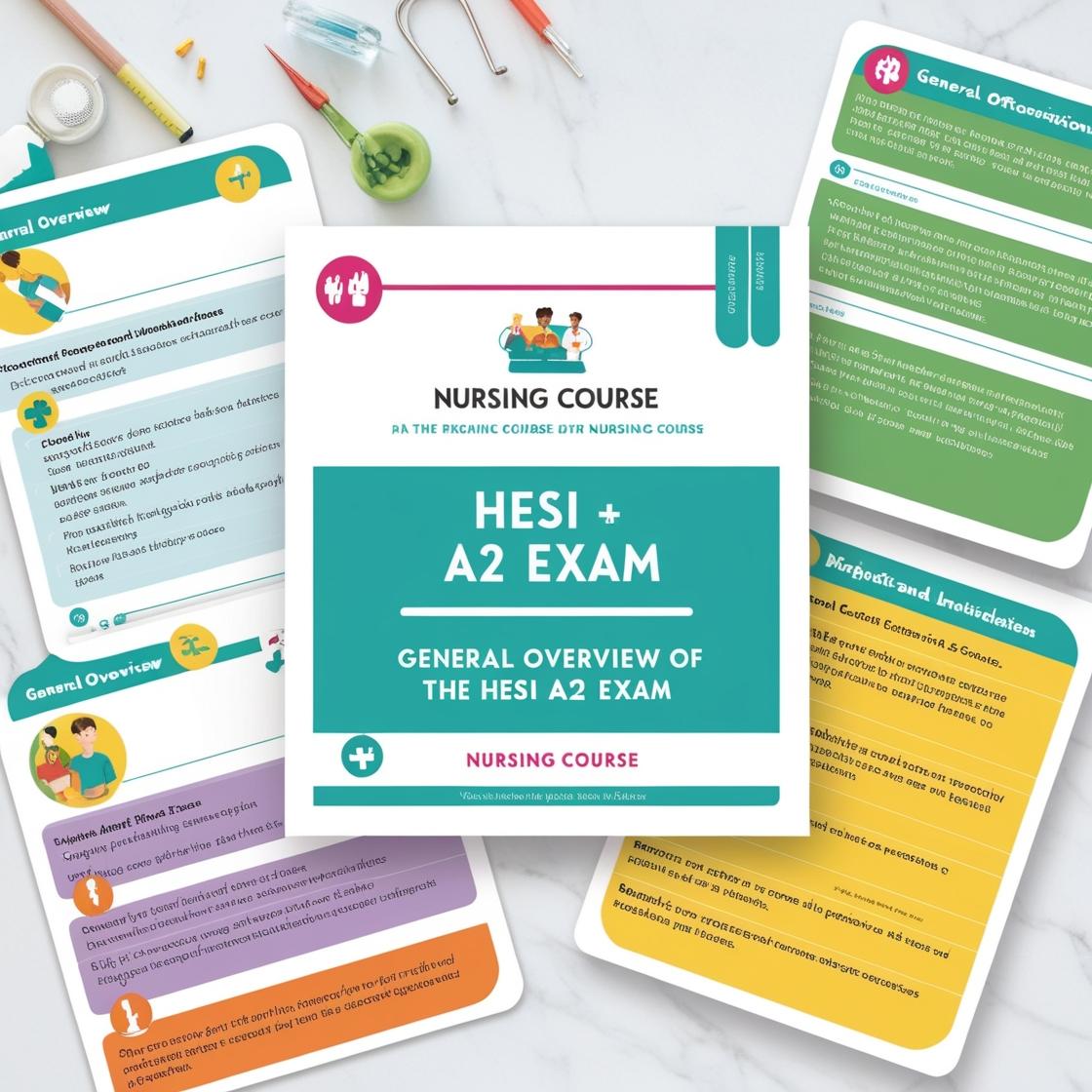HESI A2
Biology HESI A2 Practice Test
1. Why do cells need to use exocytosis?
- A. To obtain energy
- B. To defend against invaders
- C. To remove waste products
- D. To undergo division
Correct answer: C
Rationale: Cells need to use exocytosis to remove waste products from the cell. Exocytosis is a process where cells release molecules or substances outside the cell by fusing vesicles with the cell membrane. This process is crucial for maintaining cellular homeostasis by efficiently eliminating waste materials. Choices A, B, and D are incorrect because exocytosis is specifically involved in the expulsion of molecules, not for obtaining energy, defending against invaders, or cell division.
2. Which, if any, of the following statements about the biosphere is correct?
- A. The biosphere is the part of the Earth that supports life.
- B. The biosphere encompasses the entire surface of the Earth.
- C. A and B are correct.
- D. None of these statements is correct.
Correct answer: A
Rationale: Statement A is correct. The biosphere refers to the part of the Earth where life exists, including the land, water bodies, and atmosphere. It is the zone where living organisms and ecosystems exist. Statement B is incorrect because the biosphere covers various ecosystems on Earth but does not encompass the entire surface of the planet. The biosphere includes regions such as the lithosphere (land), hydrosphere (water bodies), and atmosphere, but not every part of the Earth's surface. Therefore, option C, stating both A and B are correct, is inaccurate. The correct answer is option A, as it accurately defines the biosphere.
3. The mixture of gases surrounding a planet is referred to as its ______.
- A. Atmosphere
- B. Stratosphere
- C. Biosphere
- D. Troposphere
Correct answer: A
Rationale: The mixture of gases surrounding a planet is referred to as its atmosphere. The atmosphere plays a crucial role in supporting life on Earth by providing oxygen, regulating carbon dioxide levels, and shielding the planet from harmful radiation. While the stratosphere, troposphere, and other layers are part of the atmosphere, the term 'atmosphere' encompasses the entire gaseous envelope surrounding a planet. The stratosphere, troposphere, mesosphere, thermosphere, and exosphere are specific layers within the atmosphere, each with distinct characteristics and functions.
4. The fur color in a population of dogs is controlled by two alleles: black (B) and tan (b). The black allele exhibits complete dominance. If the phenotype of the dog is tan fur, what is its genotype?
- A. BB
- B. Bb
- C. bb
- D. Not enough information
Correct answer: C
Rationale: The correct answer is C: "bb." Since tan fur is the recessive trait controlled by the allele 'b,' the only possible genotype for a dog with tan fur is 'bb.' If a dog had the genotype 'BB' or 'Bb,' the dominant trait (black fur) would be expressed, not tan fur. Choice D, 'Not enough information,' is incorrect because based on the information provided, we can deduce the genotype of a dog with tan fur.
5. Which two bases are purines?
- A. Adenine (A)
- B. Cytosine (C)
- C. Thymine (T)
- D. Guanine (G)
Correct answer: A
Rationale: Adenine (A) and guanine (G) are the two bases that are purines. Purines are characterized by a double-ring structure containing two carbon rings, distinguishing them from pyrimidines. Adenine and guanine are purines because they possess this unique double-ring structure. Therefore, choices A and D, adenine and guanine, respectively, are the correct answers. Choices B and C, cytosine and thymine, are pyrimidines and do not exhibit the double-ring structure characteristic of purines.
Similar Questions

Access More Features
HESI A2 Basic
$99/ 30 days
- 3,000 Questions with answers
- 30 days access @ $99
HESI A2 Premium
$149.99/ 90 days
- Actual HESI A 2 Questions
- 3,000 questions with answers
- 90 days access @ $149.99
